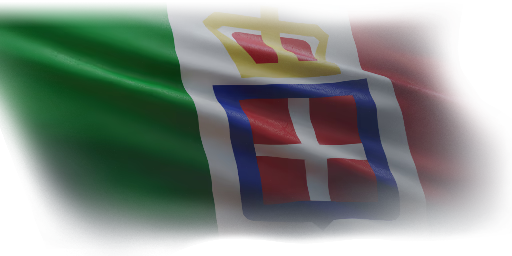
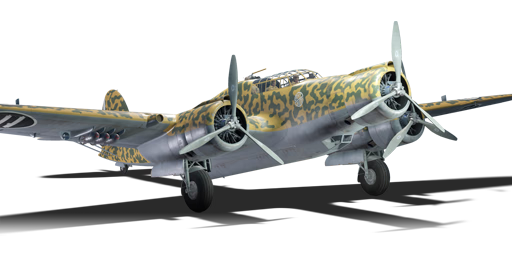
Aviation
Z.1007 bis serie 3
II
Rank
AB
3.3
RB
2.7
SB
2.7
Battle rating
Italy
Research country
Bomber
Main role
11,000

Research
22,000

Purchase

Kingdom of Italy
Operator
General information
Flight performance
Max speed
at 4,500 m
450423464437 km/h
Rate of Climb
6.24.77.64.8 m/s
Turn time
323431.133 s
Max altitude
9,000 m
Takeoff Run
450 m
Landing
flaps
flaps
Take-off
flaps
flaps
Combat
flaps
flaps
Air
brake
brake
General characteristics
Crew
6 persons
Engine
Length
18.5 m
Wingspan
24.8 m
Wing Loading
188 kg/m²
Weight:
Base weight
1010.319.7510.25 t
Fuel in main tanks
3.12 t (3h 37m)
Limits:
Max Speed Limit (IAS)
530 km/h
Mach Number Limit
0.64 M
G limit
≈ -2/3 G
Flap Speed Limit (IAS)
L / T
280 / 392 km/h
Gear Speed Limit (IAS)
300 km/h
Defensive armament
Turret — 12.7 mm Scotti machine gun
Ammunition
350 rounds
Fire rate
750 shots/min
One-second Burst Mass
0.44 kg
| Belt | Belt filling | Armor penetration (mm) at a distance: | |||||
|---|---|---|---|---|---|---|---|
| 10 m | 100 m | 500 m | 1000 m | 1500 m | 2000 m | ||
| T/Ball/AP/AP/HEF | 21 | 19 | 12 | 7 | 4 | 2 | |
| AP/AP/AP/API-T | 21 | 19 | 12 | 7 | 4 | 3 | |
| API-T/AP-I | 21 | 19 | 12 | 7 | 4 | 3 | |
Turret — 12.7 mm Breda-SAFAT machine gun
Ammunition
350 rounds
Fire rate
700 shots/min
One-second Burst Mass
0.41 kg
| Belt | Belt filling | Armor penetration (mm) at a distance: | |||||
|---|---|---|---|---|---|---|---|
| 10 m | 100 m | 500 m | 1000 m | 1500 m | 2000 m | ||
| T/Ball/AP/AP/HEF | 21 | 19 | 12 | 7 | 4 | 2 | |
| AP/AP/AP/API-T | 21 | 19 | 12 | 7 | 4 | 3 | |
| API-T/AP-I | 21 | 19 | 12 | 7 | 4 | 3 | |
2 × Turret — 7.7 mm Breda-SAFAT machine gun
Ammunition
1,000 rounds
Fire rate
900 shots/min
One-second Burst Mass
0.15 kg
| Belt | Belt filling | Armor penetration (mm) at a distance: | |||||
|---|---|---|---|---|---|---|---|
| 10 m | 100 m | 500 m | 1000 m | 1500 m | 2000 m | ||
| T/Ball/Ball/AP-I/AP | 13 | 12 | 7 | 3 | 2 | 0 | |
| T/AP/AP/AP | 13 | 12 | 7 | 3 | 2 | 0 | |
| T/AP-I/AP-I/AP-I | 13 | 12 | 7 | 3 | 2 | 0 | |
Suspended armament
Max weight
2,250 kg
Wing loading
left / right
Maximum
530 kg
Max. difference
400 kg
| Name | Weight | Slot | ||||
|---|---|---|---|---|---|---|
| 3 × | 174 kg | 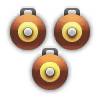 |  |  | ||
| 3 × | 300 kg | 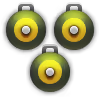 |  |  | ||
| 2 × | 518 kg | 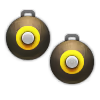 |  |  | ||
| 6 × | 348 kg | 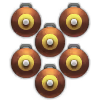 |  | |||
| 6 × | 600 kg | 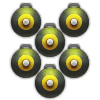 |  | |||
| 508 kg | 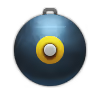 |  | ||||
| 821.6 kg | 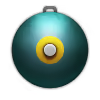 | |||||
| 4 × | 604.4 kg | 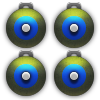 | ||||
| 905 kg | 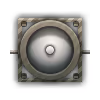 | |||||
Economy
Repair cost
Basic → Reference
AB
804 → 1,073 

RB
1,370 → 1,829 

SB
2,112 → 2,820 

Crew training
6,300 

Experts
22,000 

Aces
250 

Research Aces
220,000 

Reward multiplier
AB / RB / SB
50 / 130 / 240 % 

124 % 

Total cost of modifications
10,360 

13,680 

Talisman cost
750 

Research order:
Flight performance | |
|---|---|
Survivability |
|---|
Weaponry | |
|---|---|
Rating by players
You must play more than 3 battles for the last week and more than 10 battles in a vehicle to rate it.
Like:
18
Flight performance:
Not enough ratings
Survivability:
Not enough ratings
Aerial combat:
Not enough ratings
Ground attack:
Not enough ratings
Balance:
Not enough ratings
Tips & Tricks
This space is currently empty
Do you know any interesting vehicle features?
Loading...
No articles about this vehicle yet
Become the first author and get rewards!
Write a guide, tell about interesting historical facts, make a tutorial or simply an interesting post.
No more content